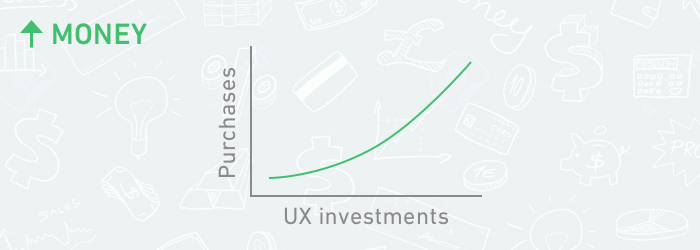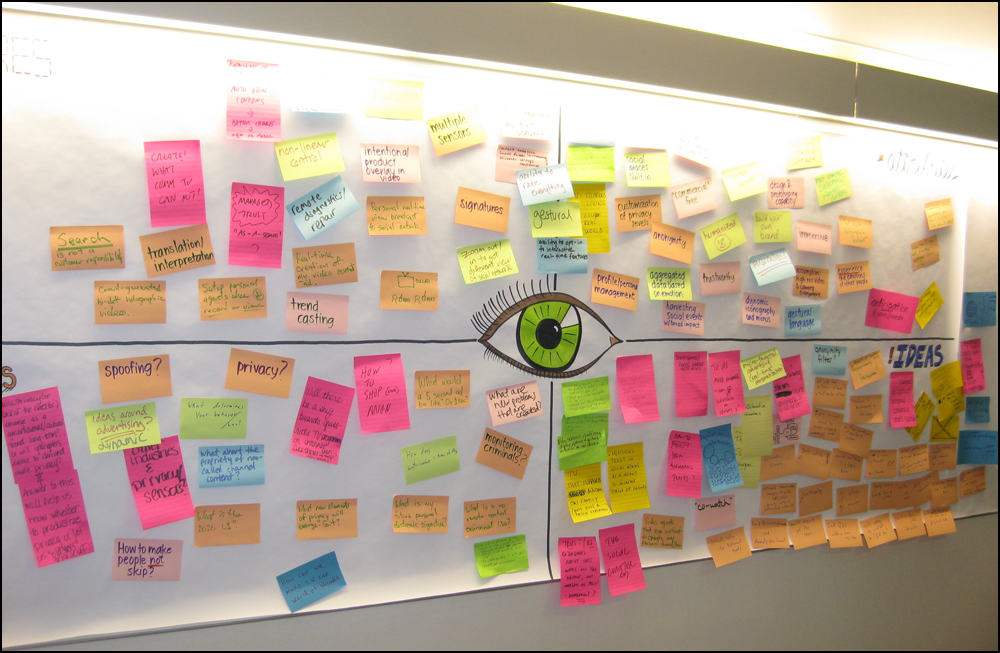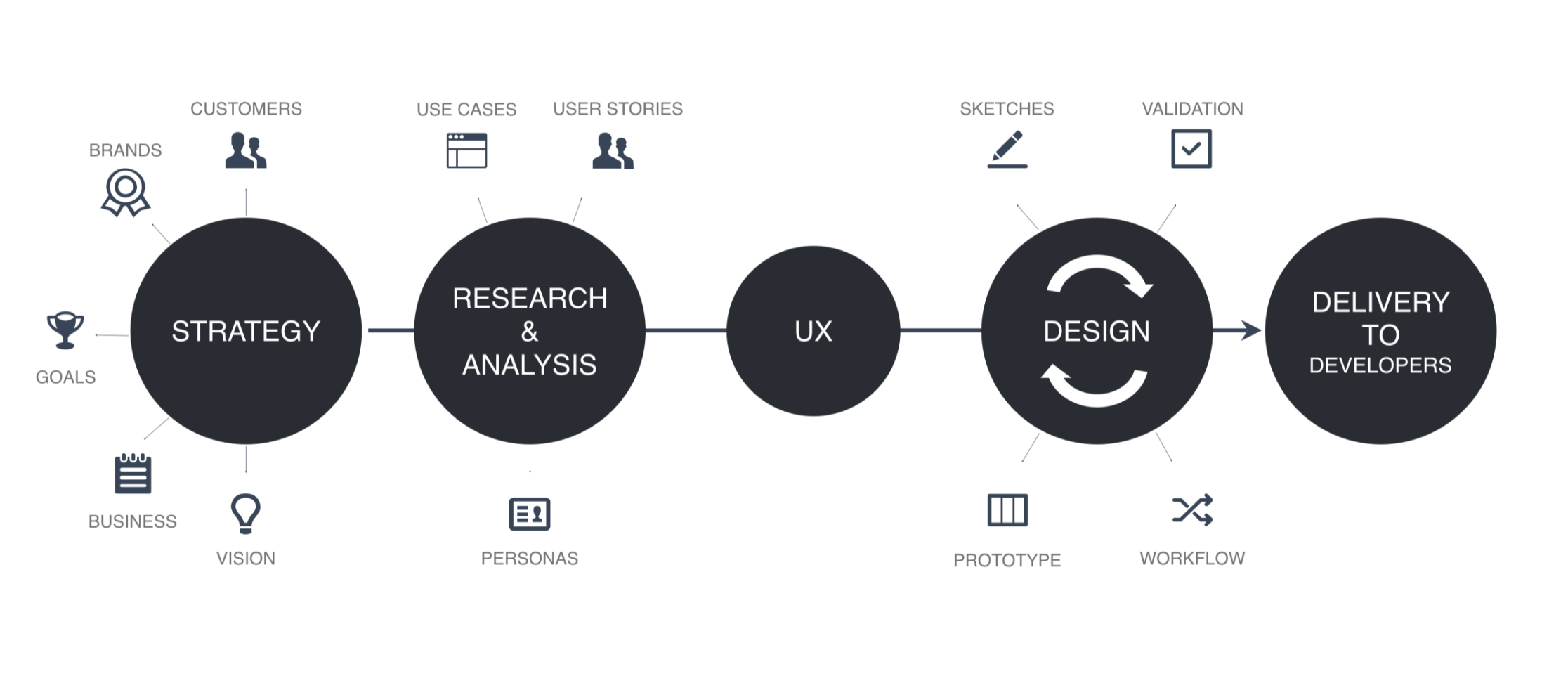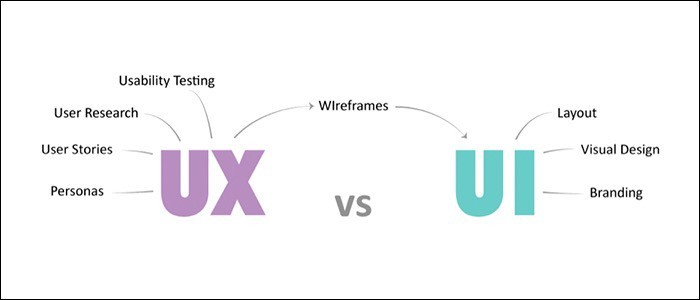Over the period of time, I have put together this list of all the questions I get asked by many designers over LinkedIn and in other talks I have given. For those of you starting out your career in UX or wanting to, or just are curious about the experience as an industry, here are my top picks on the most frequently asked questions.
Why is UX important for business?

Here’s why incorporating a design strategy in any service or product helps the business: Humans tend to be slightly impatient when it comes to getting a task done. If you are already paying attention on the design to make the user’s journey painless and simple, chances are you’ll be increasing the conversion on your product and thus contribute to increasing the overall revenue.
It also helps you fail fast and cheap, but why is that important? Preventing possible usability issues from the outset, is far less expensive than fixing them later with product amends. After all, design changes are far easier to make than development changes, and therefore less expensive.
You can read more about ROI on UX here
As a designer, how do you plan a project?

Working with a team of designers or working solo both requires three most important steps to take on any big assignment. Identify the problem while focusing on user’s need, this includes wearing your users shoes and recreating every step of every interaction your assignment will have that said user. Come up with solution (more is better at this point) and test relentlessly at this stage till you have a solid one that won’t fail you in the later stages on the product lifecycle. Test the concept and work on the entire plan. And lastly, would be to design the entire framework of the product (If the budget and management allows you to) and the final interface design. Frequent presentations of your work to your teammates really help solidify your concept and adds more value in terms of having diverse perspectives incorporated in the idea.
What is the design process itself?

It is an iterative process of discovering, designing and delivering solutions for a specific problem. Each stage requires relevant stakeholders of the project or organization to make your product highly usable.
- Getting to know the Problem – Learn about business goals from the Client
- Empathise – Validate the problems through interviews and Data
- Define – Focus on user’s need
- Ideate – Find solutions to the problem
- Test your concept – Make fast prototypes to validate your solution
- Mock it up – Get it ready for shipping it to the developers
How do I get started? Do I have to study UX at a college or get a degree?

It is not absolutely necessary to have a degree in Design to become a UX designer, but it surely goes a long, loooong way if you happen to have one. You are certainly going to require some certifications to understand how principles of designs work or how to use designing tools.
The Interaction Design Foundation offers some great certificate programs to get you started and you can find alternatives (and in areas they don’t cover) easily with a Google search.
But with that being said, employers do prefer graduates or people who have had similar experiences in the past. Companies will develop people with potential; if you show a willingness to get involved and to learn. I would strongly suggest working on a portfolio deck if you have an interview lined up with an employer for a UX role.
Education doesn’t have to be taken in an institution or in any formal environment. There’s some great tutorials on the internet by very famous designers – so anything can be a start if you’re willing to invest in this career.
What is the difference between UI and UX?

You can very easily define UI or User Interface design as the Surface level design of any product. It is the screens you see and the designed elements that show. Where as, UX or User Experience Design is essentially the experience you have when you interact with the product.
Do I need to learn any programming languages?
It is not necessary to know any programming language to become a UX designer. A UX designer’s job is to think about the Designing strategy and research, develop information architecture, user story flows and the entire experience of the product and test them.
But it surely helps as a plus if you know it. But it is definitely not a requirement.










